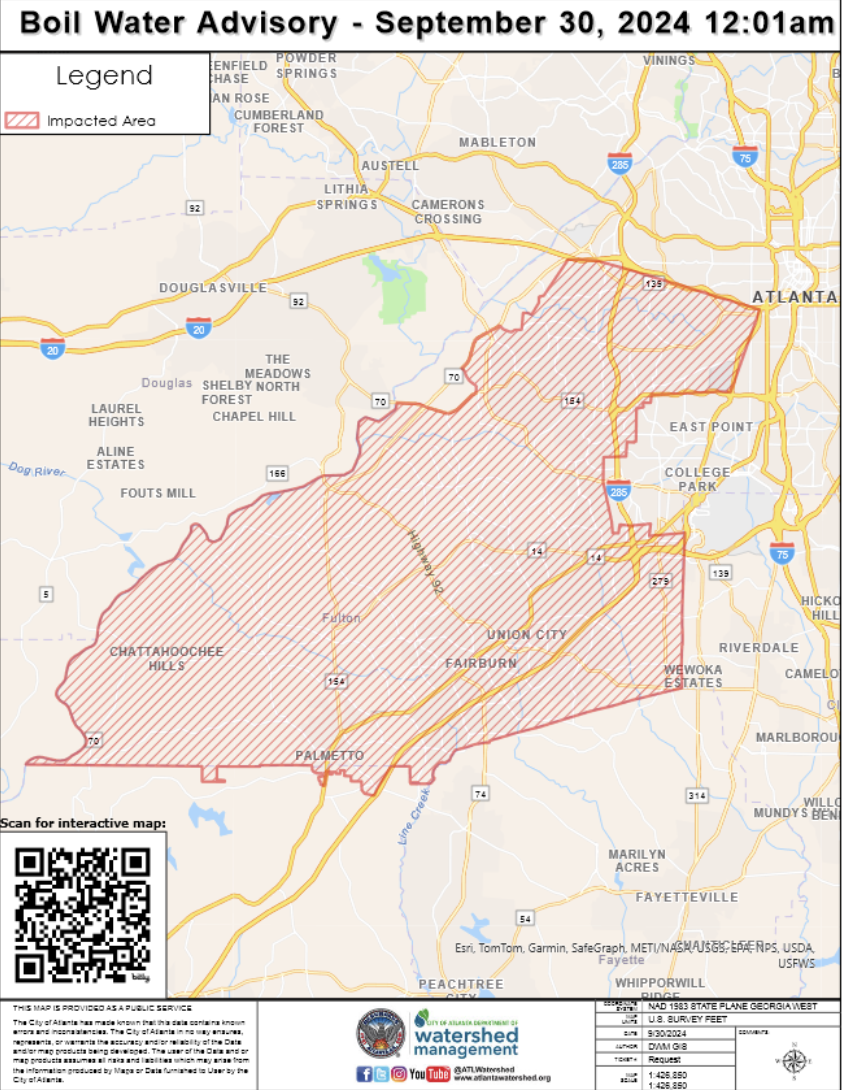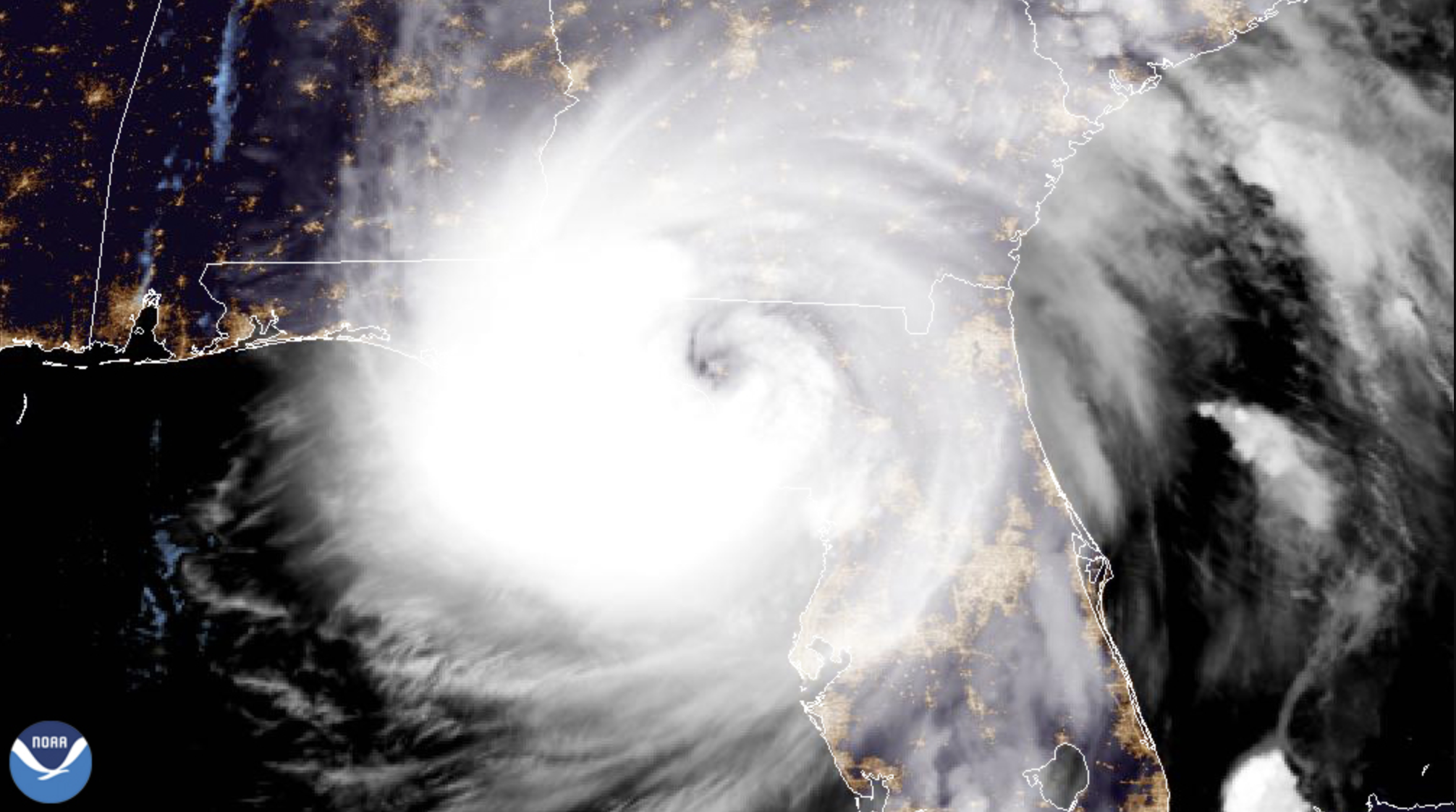Wow, these past few days have certainly seen more than their fair share of disasters in Atlanta. We had Hurricane Helene rip through, flooding many homes, knocking down trees and powerlines, and shutting down the city.
And if that wasn’t enough, a BioLab location experienced a “thermal decomposition event”, which is PR speak for it caught on fire and released toxic fumes into the atmosphere.
Cities all around the lab issued shelter-in-place orders and many schools held kids inside. At my kids’ schools, if you didn’t check them out, they were keeping them there, even past school hours. We, along with many other parents, went ahead and brought them home early, knowing that we could do better for them. And with the Falcons beating the Saints, we’re not sure what’s going to happen next!

But what does any of this have to do with our aquariums? Well, a lot, actually. Let’s start with the hurricane. During hurricanes and other heavy rain storms, water treatment plants can get overwhelmed. Sewers overflow into the plants, introducing excess sewage.
Environmental contaminants (trash, debris, etc.) will also make their way into the treatment plants. This not only further pollutes the water, but the debris can cause blockages that inhibit the treatment process and reduce water pressure.
When overwhelmed, the treatment plants can divert flows past part or all of the treatment process. This can release partially treated or untreated wastewater directly into the environment. You’ll often see, as we saw in Atlanta, Boil Water Advisories, where you’re required to boil any tap water you’re going to drink.
Assuming you have makeup water already made, the simplest solution is to shut off the water to your RODI and just wait it out. But in the event you need to make water, make sure your pre-filters are in good working order.
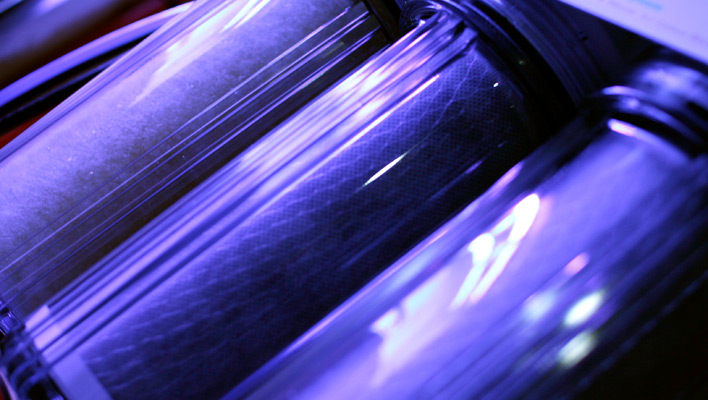
Good carbon blocks are worth their weight in gold here. I’m a big proponent of using two of them on my RODI units. Not only do they extend the lifespan of your RO membrane, but they make short work of high chloramine water.
Don’t forget to keep an eye on the water pressure. If the pressure is low, your RODI unit will not be very efficient, so allow for extra time. A booster pump will alleviate any pressure issues. Finally, keep a close eye on your DI resin. Anything that makes it past the rest of the RO unit should get zapped by the DI resin. Again, I’m a fan of double DI chambers; cheap and easy insurance for clean water.
Big storms also have a tendency to take out power. Having a backup plan ranges from very simple and inexpensive to more involved and costly. There are so many options in the market, there’s no excuse for not having a plan.

A simple battery powered air pump is my favorite tool for power losses. I keep one plugged in at all times on every tank I design. It works by only turning on when it loses power from the outlet. Then the batteries pump air through an airstone in the tank, keeping the DO levels up.
This little pump can run for days, generally long enough for your power to be restored. For extended power outages, just pop in a fresh set of batteries and you’re good to go again.
A more elegant solution is a battery backup for your flow pumps. Ecotech has battery backups designed for their pumps and can even run them at reduced power, allowing the pumps for longer periods of time.
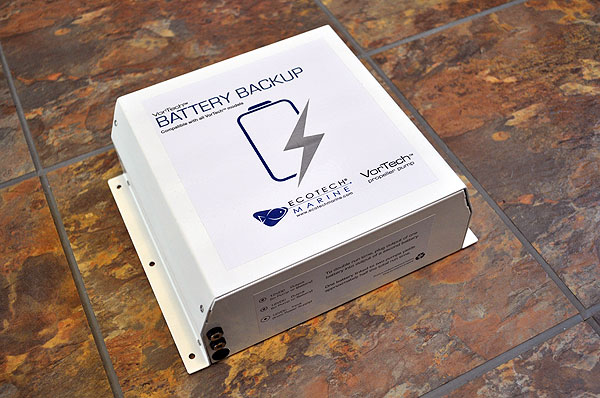
There’s also many DIY options that can save you money, but as with all things DIY, you’ll need to do some research and build a solution that works for your particular pumps.
While that may suffice to keep the oxygen levels up, temperature can still pose an issue. In the summer, Atlanta regularly hits the upper 90’s and even dips into the 100’s. Without A/C, our homes get hot very quickly, with our aquariums following.
Fans can help with evaporative cooling and in an emergency, any type of fan that you can aim over the water surface will work. But as the water temperature creeps closer to ambient and with higher humidities, we’ll need something stronger, like a chiller.
Backup generators are king when it comes to backup power. Depending on the size of the unit, they can power the entire aquarium and even your entire home. But if you don’t have the space and budget for a whole home generator, smaller gasoline generators are very reasonable and can help keep your fish and corals happy by powering more power hungry equipment. If using a backup generator, please ensure you’re operating it in a safe place:
- Never use a generator inside your home or garage
- Only use a generator outside, more than 20 feet away from your home, doors, and windows
- When using a generator, use a battery powered carbon monoxide detector in your house
- The most common symptoms of CO poisoning are headaches, dizziness, weakness, upset stomach,vomiting, chest pain, and confusion. If anyone in your household starts having these symptoms, please get help immediately.
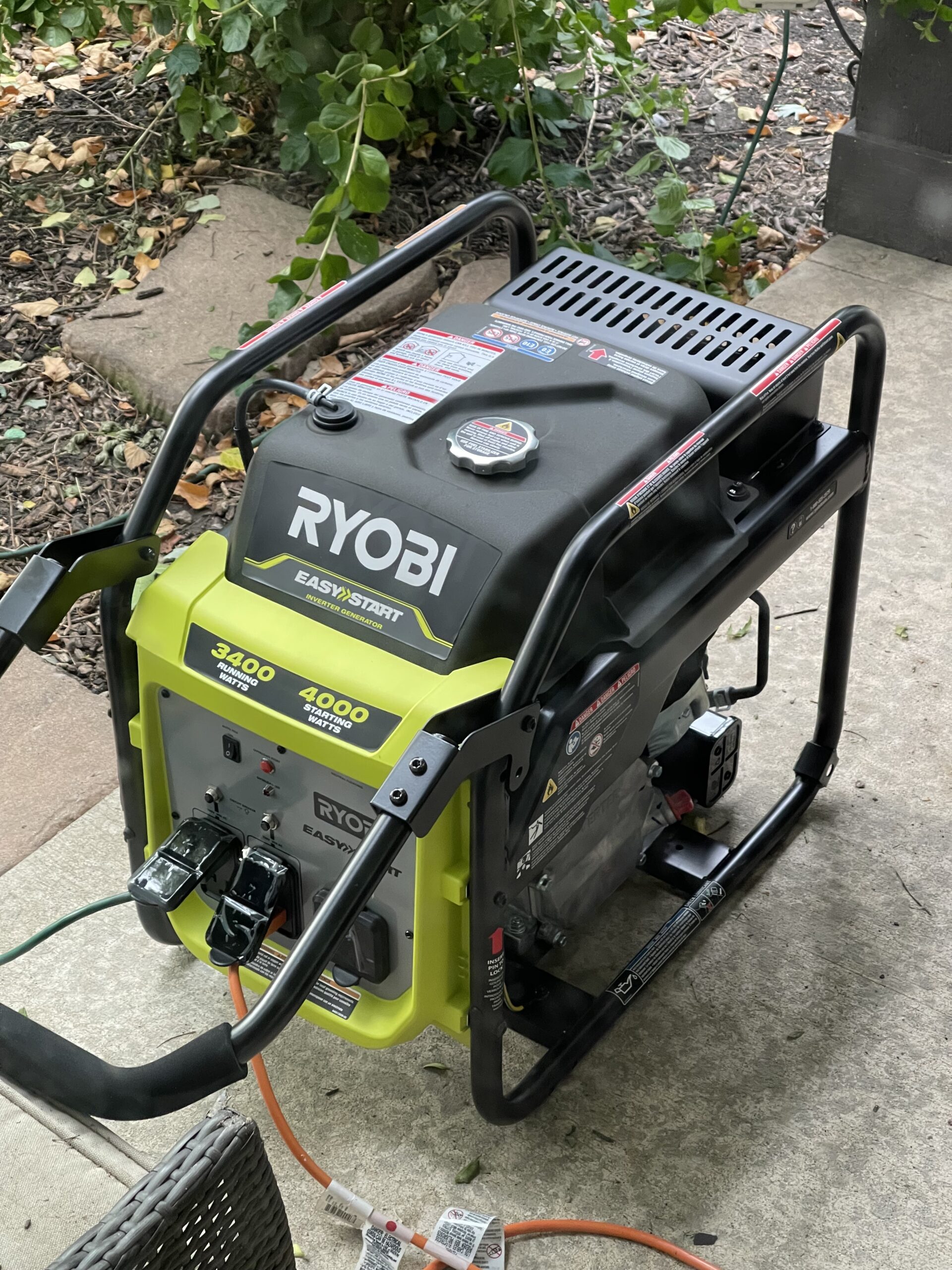
But now that the hurricane has passed, a pool chemical manufacturer decides to catch fire and release chlorine gas into the air! There was a thick haze during the day, when the gasses made their way north. We experienced itchy eyes, trouble breathing, headaches, and a noticeable chlorine smell in the air. If you experience the following symptoms, please get help immediately:
- Shortness of breath, violent cough, nausea, vomiting, lightheadedness, headache, chest pain, abdominal discomfort, and corneal burns.
It goes without saying that Chlorine is bad for your aquatic life: it doesn’t make your fish and corals happy, so we should do everything we can to keep chlorine out. Understanding how it gets in the water is the first step in finding a solution. We introduce air into our aquariums via air pumps (mainly freshwater and pond), water movement, and protein skimmers.
Chlorine from the air will dissolve into the water when introduced, but since our cherished pets need air to breathe, we certainly can’t cut off all air supply to our tanks. But, some precautionary measures can help reduce how much chlorine enters your water.
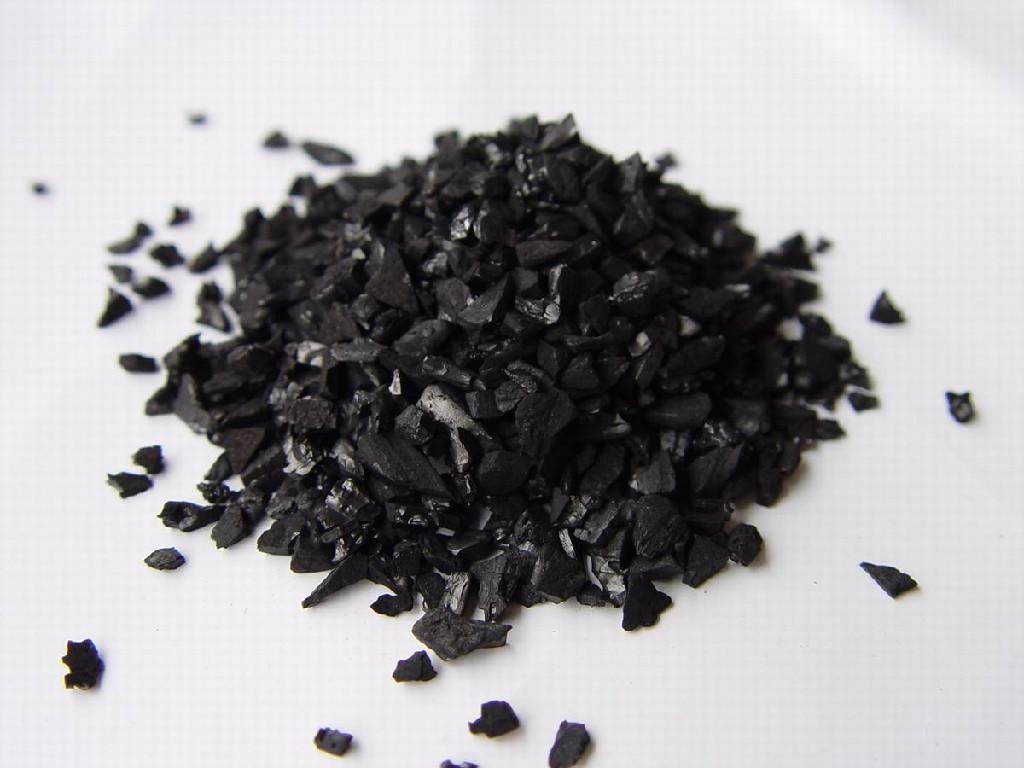
Assuming there’s enough water movement to keep DO levels up, you can temporarily turn off your protein skimmer. This eliminates one way that air is being introduced into your aquarium. If you have a very high bioload system, you may need to do some water changes while your skimmer is offline, but most aquariums can handle a few days without a skimmer. For freshwater displays, you can turn off your air pump and let the water surface ripple for air exchange.
Our good friend carbon comes to the rescue once again. The best way of using carbon is with a fluidized media reactor. They maximize the contact time to the surface area of the carbon, making your carbon much more efficient. Carbon, being an excellent medium at removing chlorine, running a fresh batch in your media reactor will tackle whatever chlorine makes it into your tank.
Be sure to properly rinse the carbon before introducing it to the aquarium and use the best quality carbon you can.
If you suspect chlorine contamination in your tank, Prime can be dosed to remove both chlorine and chloramines safely.
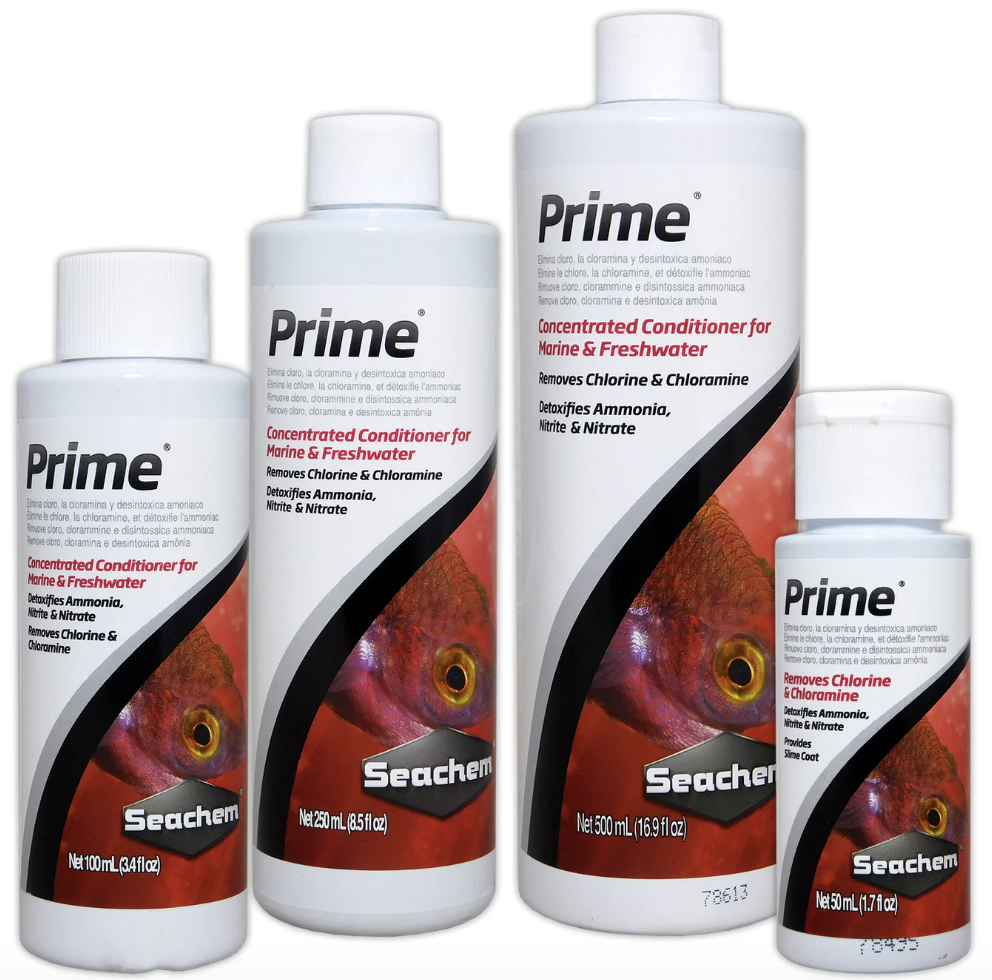
If you’re unsure of what chemicals are in the air, running a second reactor with GFO will help round out the defense plan. We commonly use GFO to remove phosphates, but the media originated from the water treatment industry and can remove fluoride, molybdenum, selenium, antimony, and arsenic, among other things.
Lastly, reach out to your aquarium community for help. Over the years, I’ve seen reefers roll up their sleeves and jump in the deep end to help each other.
If you were lucky enough to not be in the path of the hurricane or in the chemical plant fire radius, this is the perfect time to thank the reef gods and load up on supplies for when you’re not so lucky. For those of us who experienced the double header, I hope you all made it through as unscathed as possible. But let’s take inventory and prepare for the next round.
